
Microsoft Health and Band Updates Bring New Cycling App Integrations, Insights and Features
Today Microsoft launched a new update to their fitness wearable, Microsoft Band, and also to their health platform and smartphone app, Microsoft Health. These updates broaden the capabilities of features of each by integrating with third party apps and services, implementing new health insights (analysis), and enhancing the Microsoft Health app to now work stand-alone without a paired Microsoft Band.
The new update enhances the bike activity tile added in Feburary to now integrate with activity tracking apps Strava and MapMyRide. After this update is installed, the Strava and MapMyRide apps can harvest activity data from the Microsoft Band. Microsoft does not state if this data harvesting is continuous or a one time download after an activity is complete. Personally, I believe Strava integration is a huge boon to the Microsoft Band. In my experience, many members of the cycling community use Strava and cylcing computers to track their rides. My brother, an avid cyclist, has mentioned interest in the Microsoft Band, but without Strava integration he continued to rely on a cycling computer and a chest mounted heart rate monitor.
Microsoft's cloud analytics platform, Microsoft Health, has also been updated to provide new "Insights" into the body and health of an individual. These new insights are available via the web dashboard starting April 27th and are listed below:
- Comparative Insights: Measures data such as daily steps, sleep, workout frequency and calorie burn and compares it to similar Microsoft Health customers based on body type (height and weight). Customers looking for motivation can use comparative insights as a benchmark to understand their health relative to similar people.
- Sleep Recovery: Good sleep is the foundation of health, and something everybody does and needs. Microsoft Band tracks the length and quality of sleep. Use the Microsoft Health web dashboard to analyze sleep restoration, sleep efficiency, and wake-ups, to find out how well the body restores its resources during sleep.
- Fitness Benefit: Track fitness progress using historical data to measure improvement over time.
- VO2 Max: VO2 max refers to the maximum volume of oxygen used during exercise, and is the primary indicator of cardiovascular fitness. Traditionally, measuring VO2 Max is cumbersome. Not anymore. Microsoft Band estimates VO2 max based on heart rate information. Now customers can track how their VO2 max increases as they improve fitness level and achieve their wellness goals, simply.
- Run/Exercise Observations: Get more out of run and workout data with in-depth observations and insights. With a week of data, customers can determine which day of the week and at what time of day they perform best. Using historical data from as far back as five weeks, customers can track whether they’re maintaining, progressing, or need to re-dedicate themselves. Analyze detailed stats to find specific aspects of runs and workouts that can be improved.
Particularly interesting is the VO2 Max calculation. This analysis is traditionally performed by specialized equipment, typically as a paid service at a gym. Microsoft has always stated their cloud platform will provide innovative analysis, and if this Insight is close to the traditional VO2 Max measurement, then Microsoft has delivered. Additionally, I personally appreciate the historical and comparative analysis as it provides a great motivational tool.
Finally, Microsoft will update the Microsoft Health smartphone app on all platforms in the coming weeks to provide activity measurements directly, without use of a Microsoft Band. On the surface this is a surprising development, as it is in Microsoft's best interest to sell hardware. However, upon further thought this makes sense. Microsoft can provide a limited set of analysis using the smartphone sensors, engage the user into Microsoft Health services and offer the Microsoft Band as an up sell for more complete activity tracking. Device support is limited to smartphones with a dedicated microcontroller co-processor for sensor data, which is most modern devices.
- iOS: iPhone 5s and later
- Android: Android 4.4+ with support for Step Counter API
- Windows Phone: Lumia devices with Sensor Core V1+ and Cyan Firmware
Some of these updates are available today, such as the biking app integration, while others will roll out over the next few weeks.
Read More ...
NVIDIA’s SHIELD Console Becomes SHIELD Android TV
NVIDIA updated their SHIELD website today with a bit more information on the SHIELD Console. And while an earlier $299 device listing ended up being erroneous – NVIDIA accidentally listed the developer edition console for a time – there is one other minor update that is true and bears mentioning.
With today’s site update, NVIDIA has updated the name of the SHIELD Console. All of their branding now refers to the device as the SHIELD Android TV, doing away with the “Console” branding. The original SHIELD Console name has been somewhat inconsistent on NVIDIA’s part – the company would call it the Console at times, and other times simply the NVIDIA SHIELD – so this slight rebranding is presumably NVIDIA settling on what should be the device’s final name for next month’s launch.
Read More ...
ARM Reveals Cortex-A72 Architecture Details
Today in London as part of ARM's TechDay 2015 event we had the pleasure to get a better insight into ARM's new Cortex-A72 CPU. ARM had announced the Cortex-A72 in the beginning of February - leaving a lot of questions to be asked and sense of mystery in the air. The Cortex-A72 is a direct successor to the Cortex-A57 - taking the predecessor as a baseline in order to iterate and improve it.
On the naming side of the equation, moving from 'A57' to 'A72' rather than 'A59' or similar, ARM explains that it is purely a marketing decision as they wanted to give better differentiation between its higher-performance cores from the mid-tier and low-power cores. There seemed to be some confusion between the more power efficienct A53 and the more powerful A57, whereby users would assume they are similar, and thus moving its new big core into the A7x series.
We saw some absolute targeted performance numbers back during the February release, which promised some very interesting numbers that could be achieved over the A57. The problem was that it was not clear how much from performance and power efficiency came from the architectural changes and how much came from the the process on which these targeted performance data points are estimated from. It's clear that on the high-end ARM is promoting the A72 on the new FinFET processes from Samsung/GlobalFoundries and TSMC, which are referred to as 14nm and 16nm in the slides. Generally, due to the design and the node, the A72 will be able to achieve higher clocks than the A57, and we seem to be aiming around 2.5GHz on the 14/16nm nodes when high-end smartphones are concerned. Higher clocks may be present in server applications, where the A72 is also aimed at.
Probably the most interesting slide next to the actual performance metrics of the A72 is the apples-to-apples comparison of the A57 to the A72 on the same process node. When on the 28nm node, we see the A72 having a respectable 20% power reduction when compared to the A57. As a reminder - we're talking about absolute power at the same clock speed, which does not consider performance and thus not a representation of efficiency.
Notably, ARM is aiming for the A72 to be capable of extensive sustained performance at its target frequency. This is something that smaller form factor A57 designs (e.g. phones) have struggled with due to just how powerful A57 is, which has lead to more bursty designs that can only run A57 at its top speeds for short periods of time. We are presented with figures such as sustained 750mW operation per core on 16FF+ at clocks of ~2.5GHz.
While the power numbers are interesting we also have to put them into context of the achieved work. ARM has made several optimizations to the architecture to improve performance when compared to the A57. We'll get into more detail in just a bit - but what we are looking at is a general 16-30% increase on IPC depending on the kind of workload. Together with the power reduction, we now see how ARM is able to advertise such large efficiency gains for the same fixed workload.
A72 Architecture - The Upgrades Over A57
ARM seems to have managed to achieve an improvement in all three areas of the PPA metric; Performance, Power and Area - the trifecta of semiconductor design goals. This was achieved by doing a re-optimization of (almost) every logical block from the A57. There has been some considerable redesign in the CPU's architecture, some of which include a new branch-predictor and improvements in the decoder pipeline to allows for better throughoutput.
On the level of the instruction fetch block we see a brand new branch-predictor that follows a new sophisticated algorithm that improves performance and reduces power through reduced misprediction and speculation, which has been cut down by 50% for mispredictions and 25% for speculation when compared to the A57. Superfluous branch-predictor accesses have also been suppressed - in workloads where the predictor is not able to do its job efficienctly it is then bypassed completely. There also has been general power optimization in the RAM-organization by coupling the different IP blocks better together, something ARM looks to provide with their own physical IP.
Moving down the pipeline, A72's decoder/rename capabilities have seen their own set of improvements.The decoder itself is still a 3-wide decoder, but ARM has gone through it to try to improve both performance and power consumption in other ways. To improve performance, the effective decode bandwidth has been increased, and the decoder has received some AArch64 instruction-fusion enhancements. Meanwhile power consumption has been tempered at multiple levels, including optimizing decoding directly, and in other power optimizations to the buffers and flow-control hardware that work around the decoder.
However it's on the dispatch/retire stage that the architecture sees the biggest improvements to performance. Going hand-in-hand with the decoder's ability to fuse instructions, ARM's dispatch unit can then break those ops back down into more granular micro-ops for feeding into the execution units, transforming it from a 3-wide to an effective 5-wide machine at the dispatch stage. The net result of this increases decoder throughput (by reducing the number of individual instructions decoded) while also increasing the total number of micro-ops created by the dispatcher and eventually executed per cycle. ARM is quoting an average of 1.08 micro-ops per instruction in code, which will aid the cases where in A57 the 3-wide dispatch unit was eventually dispatch limited. Again on the dispatch-level, ARM has done more extensive work on their register file by reducing the number of read-ports by introducting port-sharing and further reducing superfluous access.
| ARM CPU Core Comparison | ||||||
| Cortex-A15 | Cortex-A57 | Cortex-A72 | ||||
| ARM ISA | ARMv7 (32-bit) | ARMv8 (32/64-bit) | ||||
| Decoder Width | 3 ops | |||||
| Maximum Pipeline Length | 19 stages | 16 stages | ||||
| Integer Pipeline Length | 14 stages | |||||
| Branch Mispredict Penalty | 15 cycles | |||||
| Integer Add | 2 | |||||
| Integer Mul | 1 | |||||
| Load/Store Units | 1 + 1 (Dedicated L/S) | |||||
| Branch Units | 1 | |||||
| FP/NEON ALUs | 2x64-bit | 2x128-bit | ||||
| L1 Cache | 32KB I$ + 32KB D$ | 48KB I$ + 32KB D$ | ||||
| L2 Cache | 512KB - 4MB | 512KB - 2MB | 512KB - 4MB |
|||
On the side of the execution units we see introduction of new, next-generation FP/Advanced SIMD units. The new units allow for much lower instruction latency as the FP pipeline length is reduced from 9 to 6. FMUL is reduced from 5 cycles down to 3, FADD goes from 4 to 3, FMAC from 9 to 6, and the CVT units go from 4 to 2 units. The reduction of the FP pipeline length brings down the maximum pileline length of the architecture down from 19 to 16.
The integer units also see an improvement, as the Radix-16 divider has seen its bandwidth doubled, while the CRC unit now becomes a pipelined block with just 1-cycle latency, a 3x increase in bandwidth over the A57. Again, we see a repeating pattern here as ARM claims it tried to squeeze the most power efficiency from all the units by improving the physical implementation.
Another large performance improvement over the A57 is found on the Load/Store unit. Here, ARM claims that bandwidth to L1/L2 has been improved by up to 30%. This was achieved by introducting a sophisticated L1/L2 data prefetcher which, again, is at the same time more efficient as improvements in the L1-hit pipeline, fowarding network, and way-predictor reduce the needed power.
We've been generally impressed with what the A72 brings to the table. It's clear that new architecture is an evolutional upgrade ot the A57, and the improvements in performance, power, and area, when looked at from an aggregate view, bring substantial differences and upgrades when compared to the A57. With the A57 having come to market in Q3 of last year and it now shipping in high-volume SoCs such as the Snapdragon 810 and Exynos 7420, we are looking at the possibility of seeing its successor come to market in shipping devices in less than a year's time. The obvious partners that might ramp prodution the soonest are MediaTek and Qualcomm, at least if they are able to hit their target schedules. There should presumably still be un-announced parts from other ARM partners as well. It's clear that ARM has increased the cadence of releasing refreshes of its IP portfolio and the quick succession of the A72 seems to be part of that.
The A72 looks to be a logical update to the A57 addressing some weakpoints such as peak power and power efficiency combined with an ~10% area reduction. We already saw Mediatek showing off an A72 package at MWC, so it will be interesting to see how the IP actually performs in silicon and what ARM's partners will be able to do with the core and the time to market.
Read More ...
Patriot Supersonic Rage 2 USB 3.0 256GB Flash Drive Capsule Review
The rise of USB 3.0 as a high speed interface for PCs and the increasing affordability of flash memory has led to some very interesting products. USB flash drives are a dime a dozen, but there is scope for manufacturers to differentiate themselves. High-performance flash drives have traditionally employed a SATA SSD controller behind a USB 3.0 - SATA bridge. However, this increases the drive cost in what is essentially a price-sensitive market. Controller vendors have recently started to introduce native high-performance USB 3.0 flash controllers. Today, we will be looking at the performance of the Patriot Supersonic Rage 2 256GB, a high-end USB 3.0 flash drive sporting a recently introduced native USB 3.0 flash controller.
The list of flash drives used for comparison purposes in this review is provided below.
- Patriot Supersonic Rage 2 256GB
- Corsair Voyager GTX 256GB
- VisionTek Pocket SSD 240GB
Hardware Design and Internals
In terms of external design and features, the Patriot Supersonic Rage 2 doesn't depart from the older members in its lineup. It still features a retractable USB connector, allowing for a compact design. There is also no need for an explicit cap on the USB connector. The design also supports hanging the flash drive off a keychain. As we can see from the photograph below, the Supersonic Rage 2 256GB is the smallest flash drive that we have evaluated in its capacity class.
Without opening up the unit, it is possible to identify the controller and flash inside the unit.
We see that the Supersonic Rage 2 uses the Phison PS2251-08 controller with firmware version 5.00.10. The controller was introduced at CES earlier this year. The drive uses Toshiba MLC NAND.
Testbed Setup and Testing Methodology
Evaluation of DAS units on Windows is done with the testbed outlined in the table below. For devices with USB 3.0 connections (such as the Patriot Supersonic Rage 2 that we are considering today), we utilize the USB 3.0 port directly hanging off the PCH. This port supports UASP, even though the drive we are considering today doesn't advertise support for it.
| AnandTech DAS Testbed Configuration | |
| Motherboard | Asus Z97-PRO Wi-Fi ac ATX |
| CPU | Intel Core i7-4790 |
| Memory | Corsair Vengeance Pro CMY32GX3M4A2133C11 32 GB (4x 8GB) DDR3-2133 @ 11-11-11-27 |
| OS Drive | Seagate 600 Pro 400 GB |
| Optical Drive | Asus BW-16D1HT 16x Blu-ray Write (w/ M-Disc Support) |
| Add-on Card | Asus Thunderbolt EX II |
| Chassis | Corsair Air 540 |
| PSU | Corsair AX760i 760 W |
| OS | Windows 8.1 Pro |
| Thanks to Asus and Corsair for the build components | |
The full details of the reasoning behind choosing the above build components can be found here.
Synthetic Benchmarks - ATTO and Crystal DiskMark
Patriot claims read and write speeds of 400 MBps and 300 MBps respectively. These might be achievable in specific benchmark modes with appropriate queue depths, but they are not backed up by the ATTO benchmarks provided below. That said, these access traces are not very common in real-life scenarios.
CrystalDiskMark, despite being a canned benchmark, provides a better estimate of the performance range with a selected set of numbers. As evident from the screenshot below, the performance can dip to the KBps range for 4K random acceses.
Benchmarks - robocopy and PCMark 8 Storage Bench
Our testing methodology for DAS units also takes into consideration the usual use-case for such devices. The most common usage scenario is transfer of large amounts of photos and videos to and from the unit. The minor usage scenario is importing files directly off the DAS into a multimedia editing program such as Adobe Photoshop.
In order to tackle the first use-case, we created three test folders with the following characteristics:
- Photos: 15.6 GB collection of 4320 photos (RAW as well as JPEGs) in 61 sub-folders
- Videos: 16.1 GB collection of 244 videos (MP4 as well as MOVs) in 6 sub-folders
- BR: 10.7 GB Blu-ray folder structure of the IDT Benchmark Blu-ray (the same that we use in our robocopy tests for NAS systems)





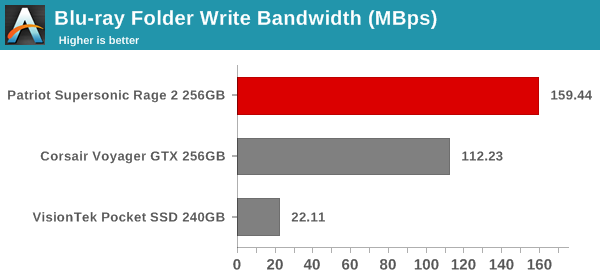
In the above use-cases, the Supersonic Rage 2 manages to handle itself very well. It comes out on top in the majority of the benchmarks.
For the second use-case, we take advantage of PC Mark 8's storage bench. The storage workload involves games as well as multimedia editing applications. The command line version allows us to cherry-pick storage traces to run on a target drive. We chose the following traces.
- Adobe Photoshop (Light)
- Adobe Photoshop (Heavy)
- Adobe After Effects
- Adobe Illustrator
Usually, PC Mark 8 reports time to complete the trace, but the detailed log report has the read and write bandwidth figures which we present in our performance graphs. Note that the bandwidth number reported in the results don't involve idle time compression. Results might appear low, but that is part of the workload characteristic. Note that the same testbed is being used for all DAS units. Therefore, comparing the numbers for each trace should be possible across different DAS units.
Units sporting a SATA SSD controller tend to perform very well in this benchmark. Drives such as the Supersonic Rage 2 do not target the market for portable SSDs.


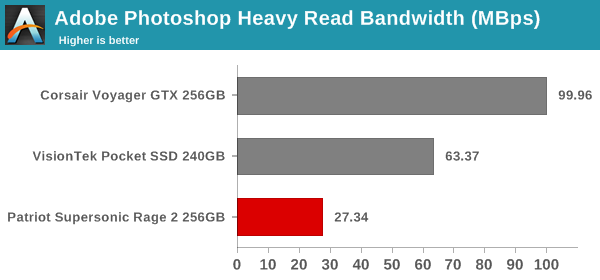

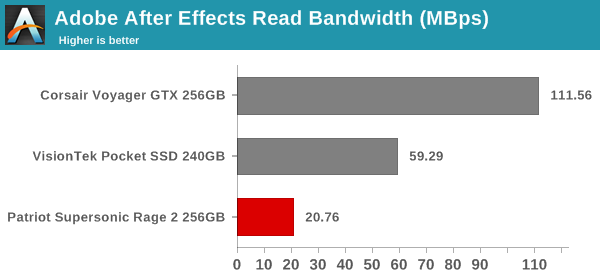
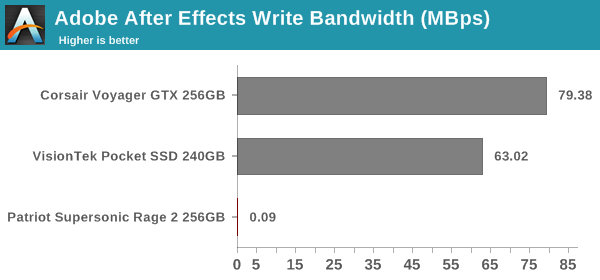


Performance Consistency
Yet another interesting aspect of these types of units is performance consistency. Aspects that may influence this include thermal throttling and firmware caps on access rates to avoid overheating or other similar scenarios. This aspect is an important one, as the last thing that users want to see when copying over, say, 100 GB of data to the flash drive, is the transfer rate going to USB 2.0 speeds. In order to identify whether the drive under test suffers from this problem, we instrumented our robocopy DAS benchmark suite to record the flash drive's read and write transfer rates while the robocopy process took place in the background. For supported drives, we also recorded the internal temperature of the drive during the process (unfortunately, not for the Supersonic Rage 2). The graphs below show the speeds observed during our real-world DAS suite processing. The first three sets of writes and reads correspond to the photos suite. A small gap (for the transfer of the videos suite from the primary drive to the RAM drive) is followed by three sets for the next data set. Another small RAM-drive transfer gap is followed by three sets for the Blu-ray folder.
An important point to note here is that each of the first three blue and green areas correspond to 15.6 GB of writes and reads respectively. Throttling, if any, is apparent within the processing of the photos suite itself.
We find that the unit doesn't suffer from any throttling issues, with transfer rates being quite consistent after the initial startup phase.
Concluding Remarks
Coming to the business end of the review, the Supersonic Rage 2 continues Patriot's tradition of improving the performance of their USB 3.0 flash drive every year. This time around, they have been helped by Phison's new high-performance native USB 3.0 flash controller. While SATA SSD controllers enable features such as TRIM and over-provisioning control (such as what we saw in the Corsair Voyager GTX), they are not user-controllable in devices with native USB 3.0 controllers.
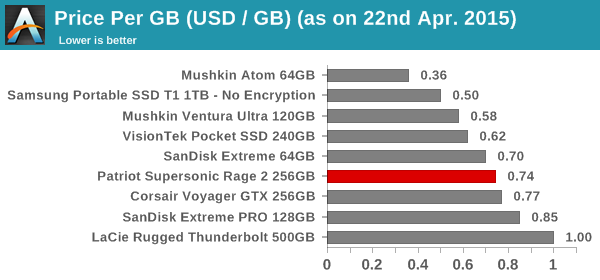
A typical 256 GB SSD in a 2.5" bus-powered USB 3.0 enclosure retails for around $125. The Patriot Supersonic Rage 2 256GB has a current street price of $190 on Amazon. The form factor of the USB drive carries a premium. Compared to flash drives in its capacity class, the Rage 2 is cheaper than the Corsair Voyager GTX, thanks to doing away with the USB 3.0 - SATA bridge. However, it is priced higher than the VisionTek Pocket SSD based on a SandForce SF-2281 SATA SSD controller. Then, again, the Rage 2 doesn't suffer from the thermal throttling issues that plague the VisionTek unit.
Ultimately what we find is that the Supersonic Rage 2 makes for a great flash drive (decent write speeds and very fast reads for large-sized files, but mediocre random access speeds). It is also the smallest and most compact 256GB flash drive that we have evaluated so far. That said, users should not mistake it for a portable SSD, and to Patriot's credit, they don't advertise it as one.
Read More ...
The Gigabyte P35X v3 Review: Slim GTX980M Gaming Laptop
Gigabyte has refreshed its P35 series to include the latest NVIDIA GPUs, and the P35X is the top model in their 15.6 inch lineup. Gigabyte has the lightest GTX980M gaming laptop available, with the P35X v3 coming in at just 2.3 kg (5.07 lbs) thanks to the all-aluminum chassis. At just 20.9 mm (0.82”) thick, it is a fairly portable laptop considering the components inside.
Read More ...
Android Wear Updates: Wi-Fi, Always-On Apps and Usability
This week Google announced the latest update to their smart watch focused operating system, Android Wear. Google did not specify the exact version number, but the previous version was 1.0.5 and each release has bumped the last digit, so best guess is this is version 1.0.6. This update adds three main features: Wi-Fi support, Always-On application support, and several welcome usability upgrades.
The most significant feature from a technical and business standpoint is the addition of Wi-Fi support. Although it is not clear which (if any) existing Android Wear devices have Wi-Fi hardware to take advantage of software Wi-Fi support, this will absolutely help Google attract device manufacturers to deploy Android Wear instead of something custom such as Tizen or otherwise. As device manufactures deploying Android Wear can only differentiate themselves via hardware, continued hardware feature additions by Google become important. For example, a new Android Wear device launching with this update could possibly boast a first-with-Wi-Fi title. We should expect to see this continue for other presently missing major features such as LTE and camera.
As for the Wi-Fi experience, Google is not exactly clear. Their description of the feature's utility is in one sentence: "As long as your watch is connected to a Wi-Fi network, and your phone has a data connection (wherever it is), you’ll be able to get notifications, send messages, and use all your favorite apps." This description hints that Google is using a cloud service to connect the phone and watch together, therefore eliminating the device to device range aspects of Bluetooth pairing. This is both more and less than expected. I personally love the idea of using Wi-Fi as a range extender, as I often walk away from my desk and leave my phone far behind only to notice later when my watch complains of no connection. However, I would have also expected Wi-Fi to be exposed to apps somehow for watch-to-thing type interactions. For example, pressing a button on the watch to change the channel on a Kodi media center. That may still be possible with this update- Google simply has not provided details yet.
Also in this update is a new feature for applications: Always-On. Previously, all Android Wear applications were subject to a timeout and developers were advised not to rely on continuous screen time. In fact, the developer's guide still contains this now-outdated information. Always-On allows an application which is in full-screen-mode (not simply showing a Google Now banner) to register for permanent display. This pardons the app from the shutdown timeout and therefore keeps it front and center even after the wearer lowers their arm. As Android Wear always returns to the watch face when an app times out, this can save a considerable amount of navigation if the wearer is repeatedly pulling up the same app during an activity such as checking a shopping list. Google has retained the wrist raise-and-twist detection to detect if the wearer is actively looking at the display, and will turn the display black and white if it determines the watch has been lowered from view. Google claims this saves battery life, but in practice this is really only going to be the case for OLED based devices, as the power savings on a LCD based device are going to be minimal (maybe a slight reduction in backlight intensity).
With regards to usability updates, Google has added a new gesture to scroll through notifications via wrist twisting. This allows a wearer to view details without reaching over with the other hand to touch the display, to aid in situations where the wearer's hands are full. I am personally excited about this update as it was often faster to reach into my pocket with the other hand and retrieve my phone than it was to touch the watch display. The smart watch still had utility if I was not near my phone or my hands were both free, but this update should expand its utility farther.
Google has also resolved the absolutely bizarre way that apps had to be launched in the previous versions of Android Wear. From the watch face, the wearer had to tap the screen, scroll to the bottom of a very long list of actions and select the ambiguous "Start..." action to then be presented with the application list. This was far from intuitive. In this update, apps, contacts, and that long list of actions are surfaced in a single sliding pane behind a single tap of the watch face.
Google has also (finally!) added the ability to ask the watch to find the paired phone. Google has not yet described how this feature works, but I am thankful this obvious feature has arrived. It is quite silly, but I often find myself receiving many notifications and have no idea where my phone is- resulting in a frantic search while my wrist continues to vibrate.
Finally, Google has added the ability to reply to messages with a drawn emoji. Presently, this seems impossible to execute well on such a small screen so I look forward to testing this myself. The example Google provides is below, and seems completely implausible unless people are better finger artists than I would expect.
The update is being deployed over the next several weeks to all Android Wear devices, starting with the LG Watch Urbane. The Moto 360 I am using has not yet received the update.
Read More ...
Quick Note: Lady Macbath -- One Japanese Woman's Apple Themed Revenge
After her boyfriend cheated on her, Japanese woman hit her significant other where it her -- his Apple treasure trove
Read More ...
Available Tags:Microsoft , Android , TV , USB 3.0 , USB , Gigabyte , Gaming , Apple ,

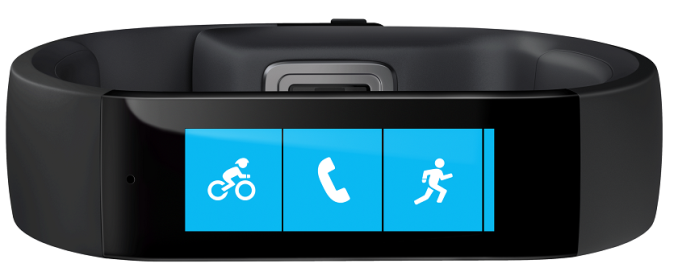


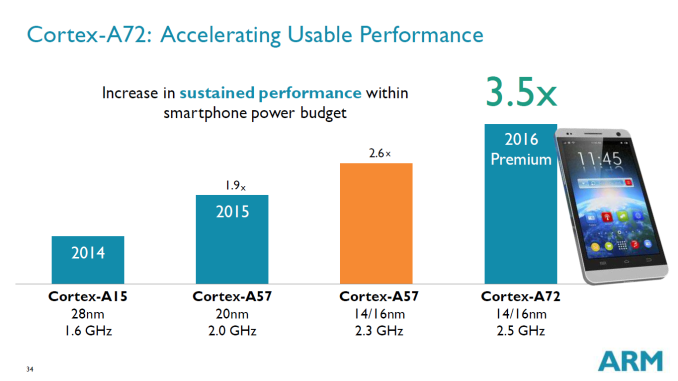
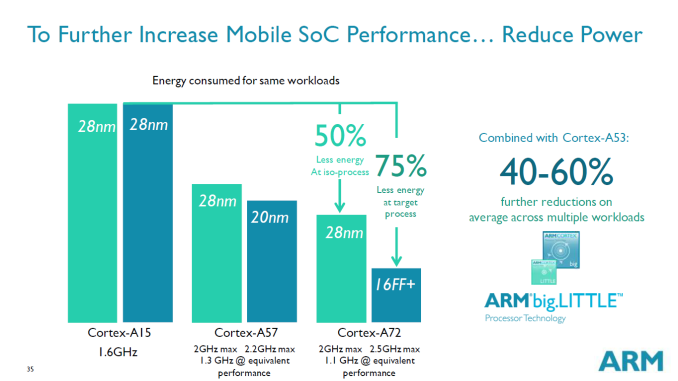
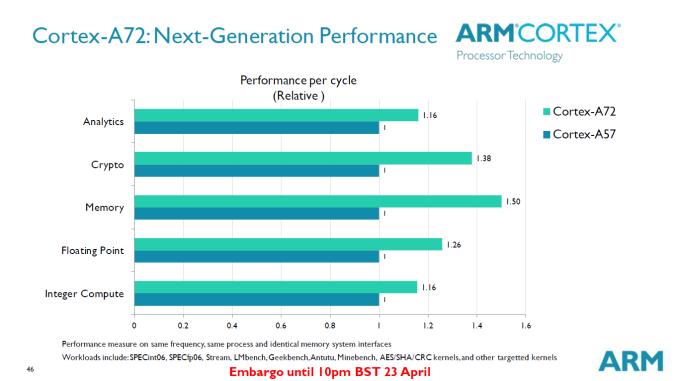
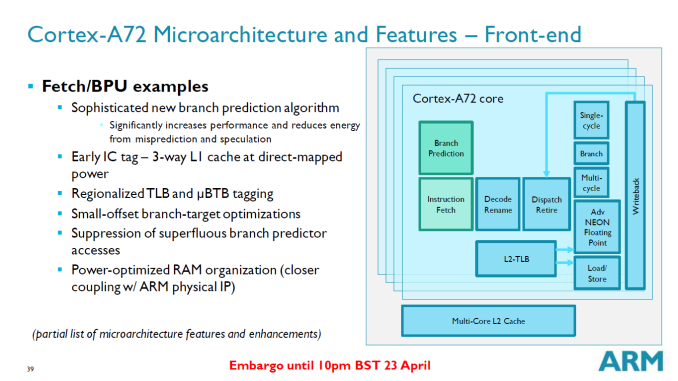
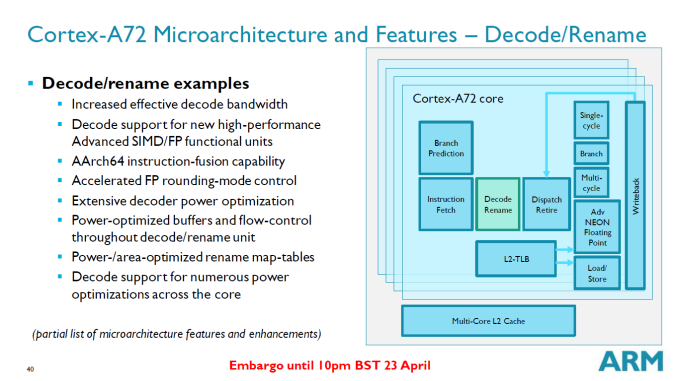
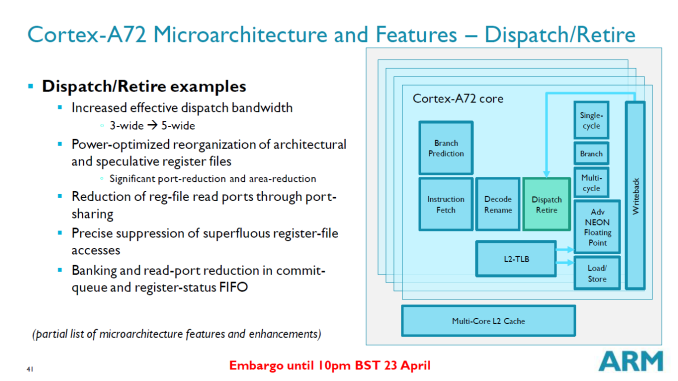
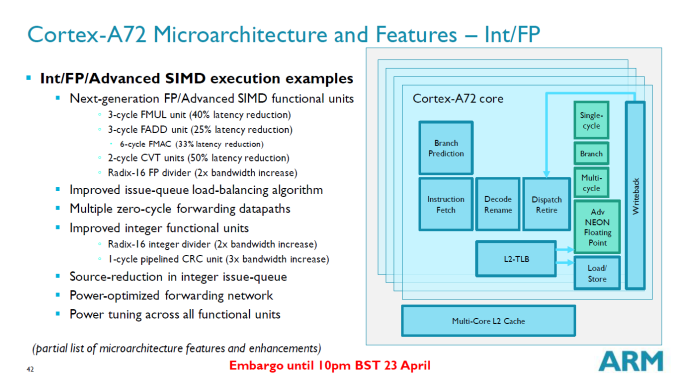
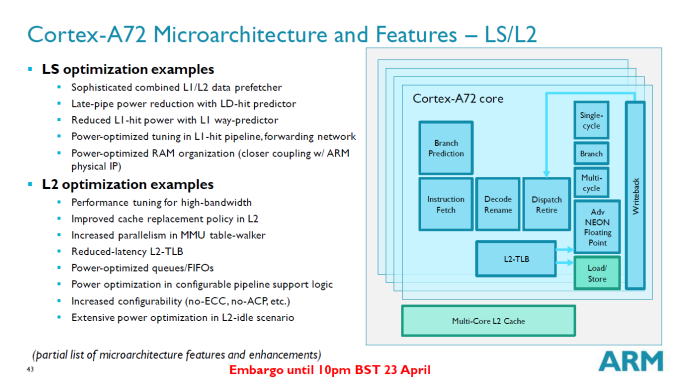
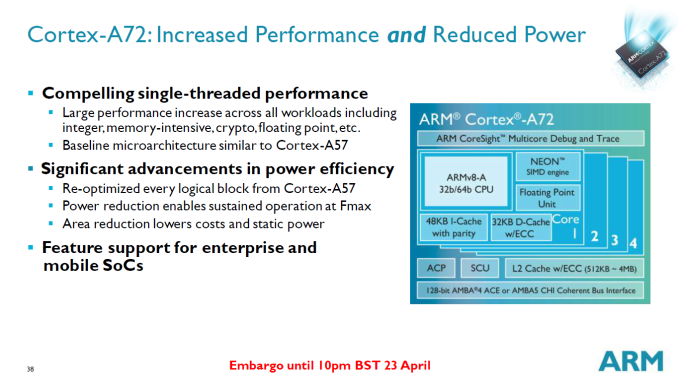

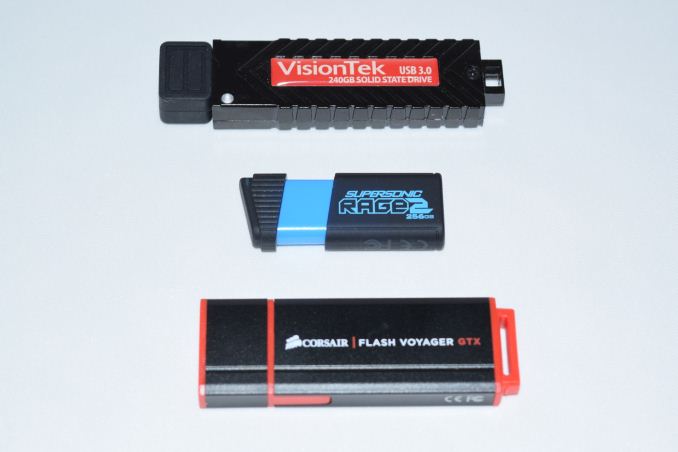
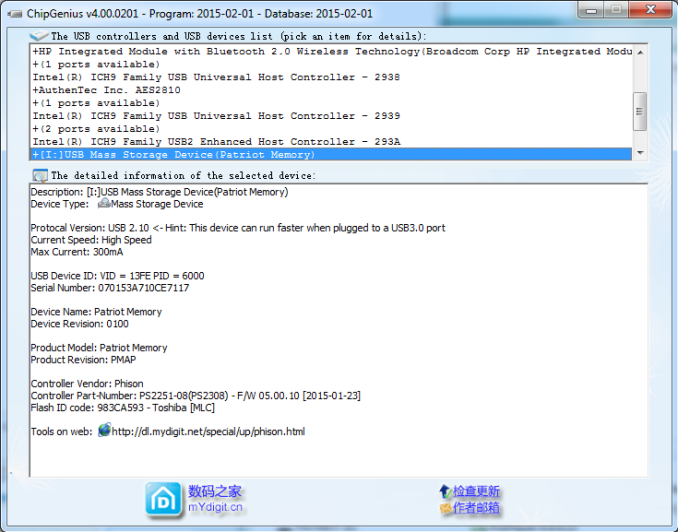
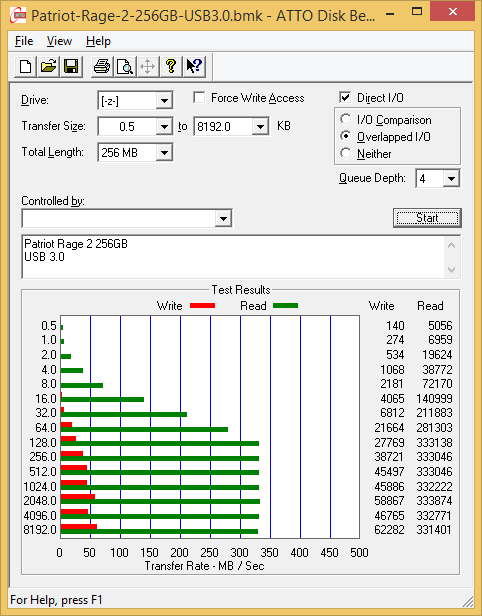
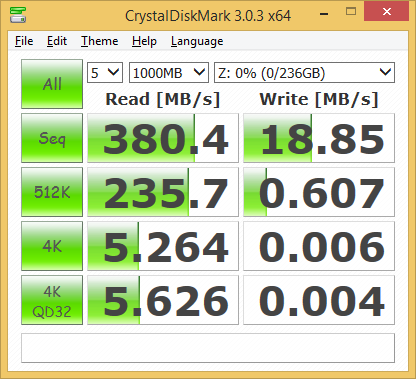
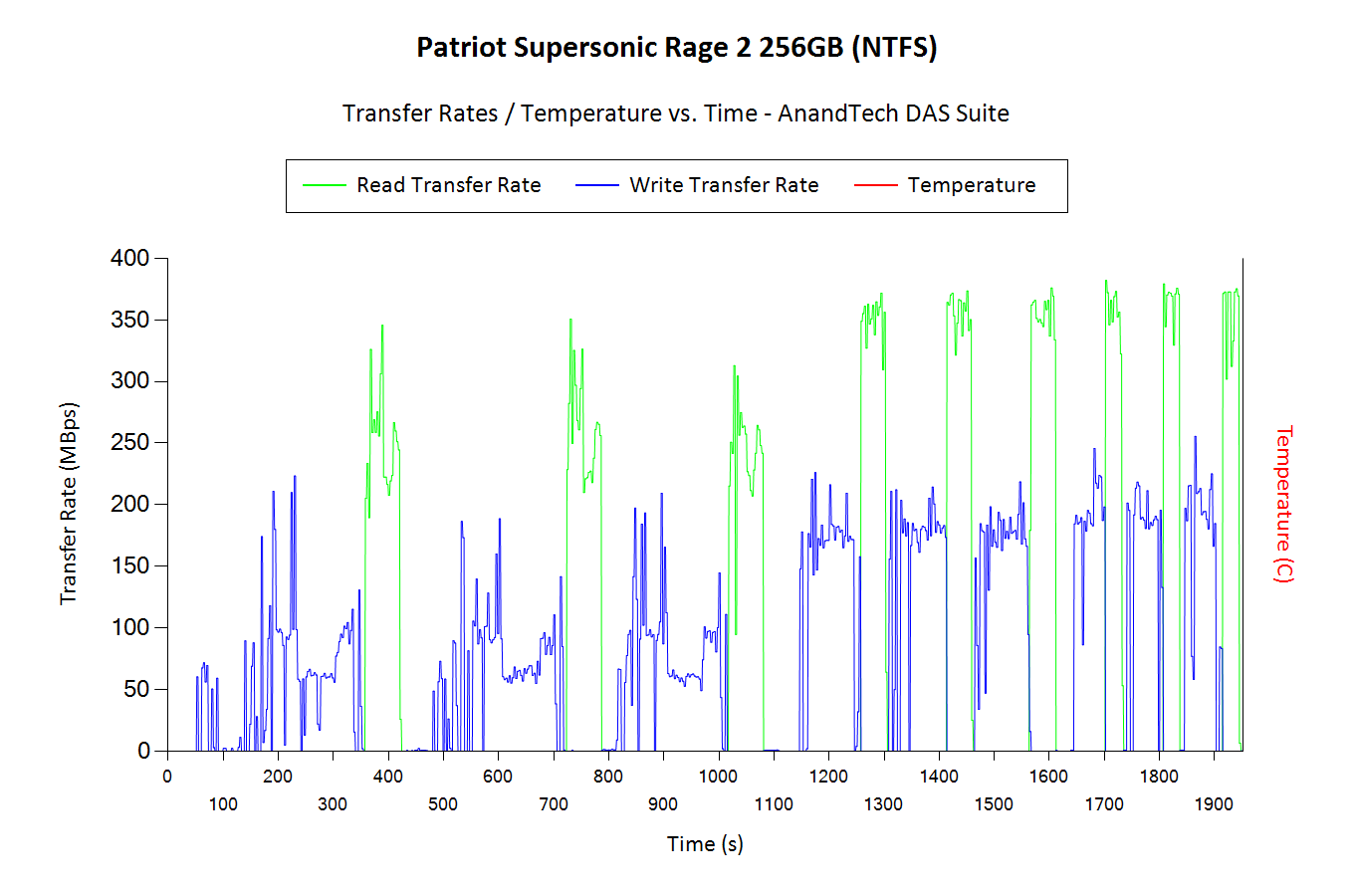
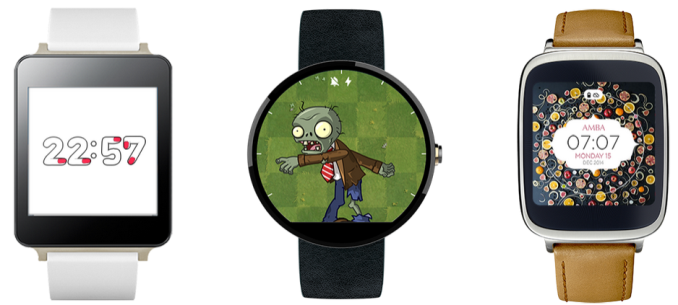
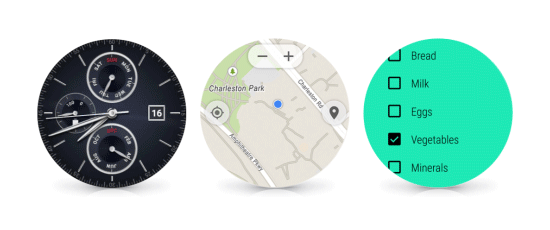
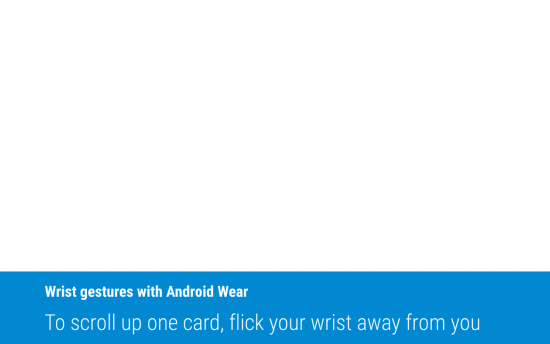
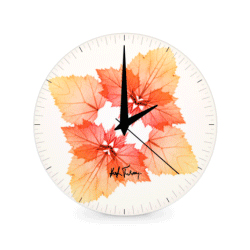

No comments:
Post a Comment